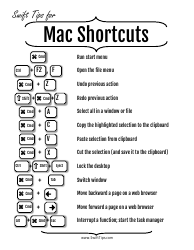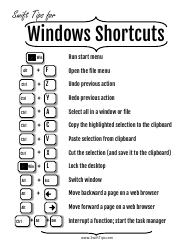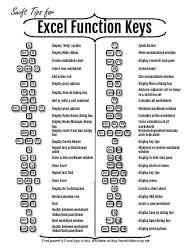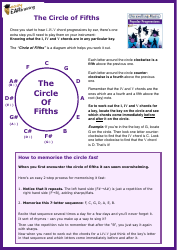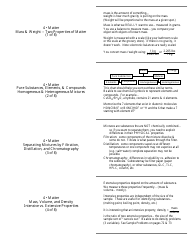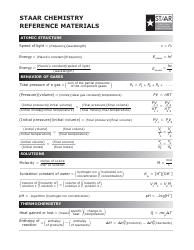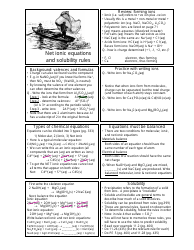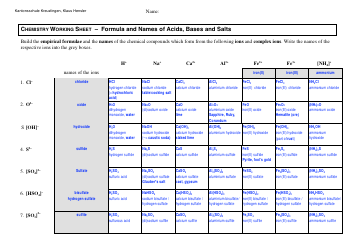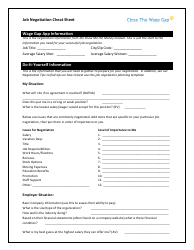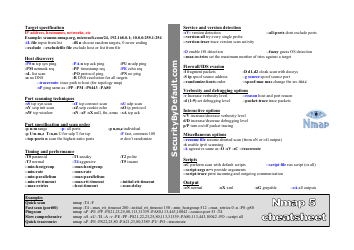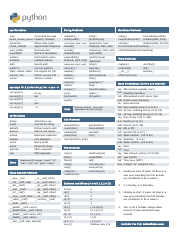Ecg Interpretation Cheat Sheet
The ECG interpretation cheat sheet is a tool used by healthcare professionals, particularly doctors and nurses, to quickly reference and interpret electrocardiogram (ECG) readings. It helps in identifying abnormal heart rhythms and other cardiac conditions.
FAQ
Q: What is an ECG?
A: An electrocardiogram (ECG) is a medical test that records the electrical activity of the heart.
Q: Why is an ECG performed?
A: ECG is performed to diagnose and monitor conditions affecting the heart, such as heart disease and abnormal heart rhythms.
Q: How is an ECG performed?
A: ECG involves placing electrodes on the skin to detect and record the electrical signals produced by the heart.
Q: What can be determined through ECG interpretation?
A: ECG interpretation can reveal information about the heart's rhythm, rate, and the presence of any abnormalities or damage.
Q: What are some common findings in ECG interpretation?
A: Common findings include sinus rhythm, atrial fibrillation, ventricular tachycardia, and ST-segment elevation or depression.
Q: Can an ECG diagnose a heart attack?
A: An ECG can help in diagnosing a heart attack by showing signs of myocardial infarction, such as ST-segment elevation.
Q: Who interprets an ECG?
A: ECGs are typically interpreted by healthcare professionals, such as cardiologists or specialized technicians.
Q: Is an ECG painful?
A: No, an ECG is a non-invasive procedure and is generally painless for the patient.
Q: How long does it take to get ECG results?
A: The time for obtaining ECG results may vary, but it is usually available within a few minutes after the test is completed.
Q: Can I have an ECG if I have a pacemaker?
A: Yes, you can still have an ECG with a pacemaker, but it may require some modifications to the procedure.



